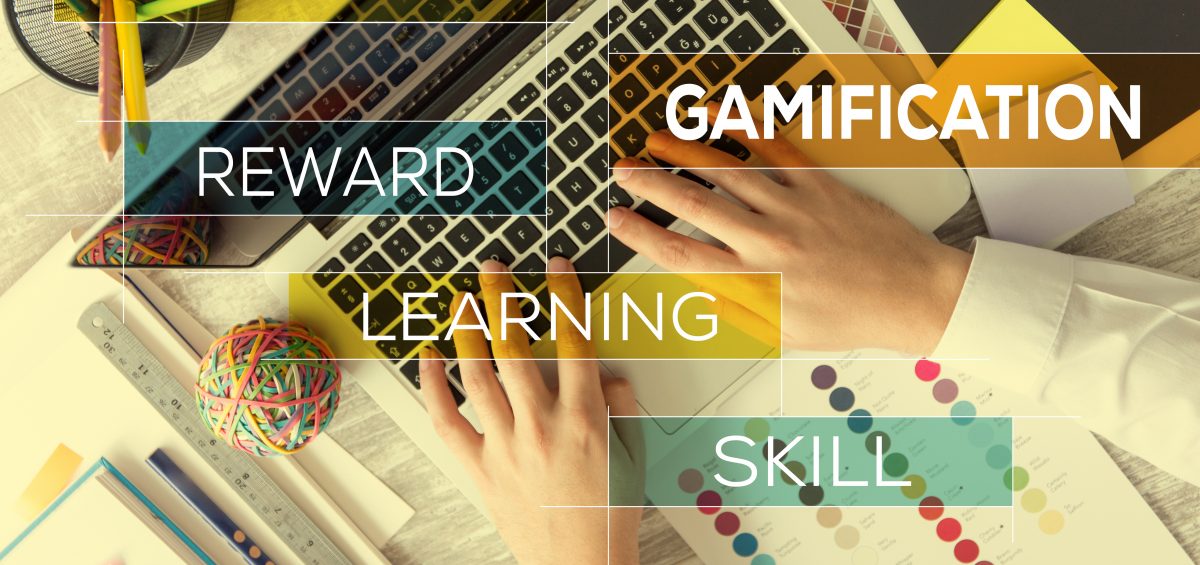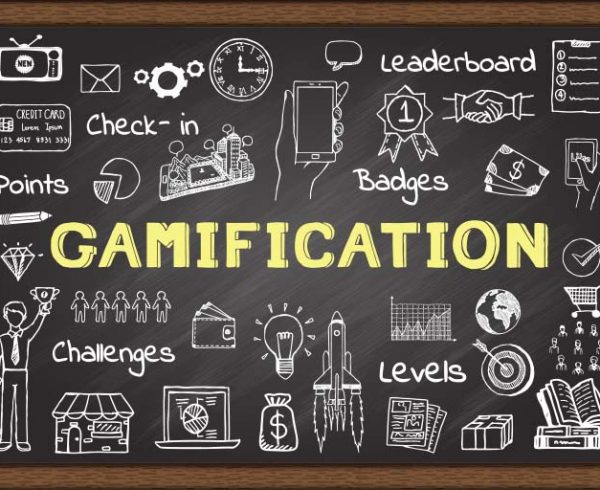Summary
This blog explores the benefits of gamification in improving employee engagement. It highlights how gamified elements such as rewards, challenges, and leaderboards can motivate employees, foster a sense of accomplishment, and promote healthy competition. It emphasizes the importance of incorporating gamification strategies to drive productivity and create a positive work environment.
Technology today has a strong influence on all aspects of the society. In the context of learning, it has given rise to the concept of gamification, or learning through games. Gamification is seen to increase learner motivation and engagement, capture their interest in continuous learning, and also influence their classroom behavior. This is because it makes the learning experience more enjoyable and effective.
Science too, supports gamification in eLearning. It has been scientifically proven that when we participate in activities such as sports and games, we release hormones known as endorphins which stimulate both our bodies and minds.
Applying the principle to eLearning, gamification is a form of activity-based learning that challenges learners to achieve a particular goal, and on achieving it, gain a reward, which can be in the form of recognition or the opportunity to move to the next level.
During such activity when the hormones endorphins are released, the learners are not only more stimulated, but they also feel a sense of achievement. They not only have more fun during the learning process but also tend to retain knowledge in the long run. Here are the Top 10 Advantages of Game-Based Learning.
In this blog, we talk about why gamification for employee engagement is the secret sauce to better learning experiences and engagement.
Table of Contents:
Top Benefits of Gamification in Employee Engagement
1. Increases Learner Engagement
With gamification, you can create eLearning courses that can fully engage your employees. Here are 7 Reasons Why You Should Revamp Your Old eLearning Courses.
Gamified learning consists of learning that is divided into many levels. Each level has its own end learning goal, presented in the form of an activity or a challenge, which the employees have to overcome.
The level also has multiple branching scenarios, enabling employees to make a choice and pursue a certain direction and then retrace their footsteps till they reach the right course of action. They thus learn by trial and error and change paths to achieve the right set of goals.
Gamification holds their attention, stimulates their curiosity, and urges them on their learning journey, toward a reward that awaits them at successful completion. So, with gamification, employees transform from passive participants to active participants.
By doing, they are effectively able to absorb the information and commit to long-term memory. Also, since the whole learning experience is favorable, there is less resistance to exploring new pastures. Here is all you need to know about Gamification in the Workplace: Design, Development, And Implementation.
2. Makes Learning More Interactive
Gamification adds an element of fun and excitement to the learning process. In a traditional classroom setting, learners are merely passive absorbers of information and so their attention is likely to wane over some time.
And so, in case you have a variety of learning goals and outcomes, your employees are unlikely to achieve them if they are not motivated about what they are learning. Gamification helps to overcome the monotony since it is an interactive process – learners learn through doing rather than sponging up information.
This creates a sense of immersion in the process, making them feel like a part of the overall learning process rather than just taking in a ring-side view.
Also Learn: How to Create Online Course Modules for Employee Training
3. Improves Retention
Gamification involves the use of audio-visual elements to make learning a multisensory experience. It is believed that multi-sensory experiences are more likely to be retained in long-term memory, which means learning will be retained for a longer duration.
So, gamification not only improves employee engagement but also improves knowledge absorption and retention.
Also Read: Is Gamified Learning More Effective in the Modern Workplace
4. More Connected to the Real World
Gamification involves the use of technologies such as artificial intelligence (AI), augmented reality (AR) and virtual reality (AR), apart from the use of audio, video, graphics, etc. These digital technologies are used to bring alive real-world situations, which makes the learning more practical and contextual.
For example, gamified learning can be about pitching for sales in the real world. Learners can experience first-hand the consequences of the choices they make within the game. These choices will result in either consequences or rewards. If they don’t fare well, they face consequences, which is that they don’t progress to the next level and they have to try out alternative scenarios of dealing with the situation.
With gamification, you give them the chance to explore a topic at length in a virtual and risk-free environment. Then, when they venture out in the actual world, they are less prone to making the mistakes they have made during the learning process.
5. Provides an Enhanced Learning Experience
Regardless of how simple or complex your learning goals are, the overall learning experience is much more effective if your employees are excited about learning. Gamification ensures that even the dullest subject matter can be absorbed more easily.
Without even realizing it, the learners absorb the information and so knowledge absorption becomes the by-product of the process rather than the primary objective. Gamification removes the stress involved with learning – the learners are too busy having fun that they don’t realize that the learning has taken place.
6. Builds Empathy
Gamification is not just about individual learning; it is also about group learning. So, you have games with two teams competing against each other. Gamification is not about games that are over-competitive or manipulative.
Rather, they are designed to encourage empathy and create an environment in which learners can gain mastery over the subject while building a healthy relationship with all the participating members.
Also Read: Gamification in Corporate Training: Your Checklist for Training Success
Through gameplay, they learn first-hand the benefits of teamwork. At an individual level, employees remain the heroes of their game and are never belittled due to any over-emphasis on peer performance in fierce competition.
In Conclusion
Now that you are familiar with the benefits of gamification for employee engagement, you may want to integrate it into your learning and development strategy.
Gamification is important to learners – it creates a sense of excitement and a feeling of accomplishment. This, in turn, adds to the motivation and makes the learning experience more powerful and enduring. Gamification is, thus, the secret ingredient for employee engagement, providing them with a host of benefits.
While gamification has several benefits, it is important to ensure that it incorporates key elements. Good design principles that games can capture and hold learners’ attention, motivate them to take control over their learning, learn by trial and error in a risk-free environment, and the process, master learning outcomes that hold them in good stead in real-world situations.
Rely on Hurix Digital for all your interactive and unique gamification needs. Get in touch with us today!











